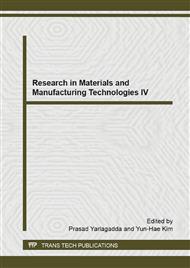p.1118
p.1124
p.1129
p.1135
p.1140
p.1144
p.1148
p.1153
p.1158
Numerical Study of the Influence of Ambient Pressure on the Inerting Effect of an Aircraft Fuel Tank Inerting System
Abstract:
The numerical study of the influence of the ambient pressure of the fuel tank on the inerting effect of an aircraft fuel tank inerting system was carried out. The mathematical model of ullage equilibrium oxygen concentration has been established using the differential time calculation method based on the mass conservation and ideal gas state equations. The variations of ullage oxygen concentration and dissolved oxygen concentration in the fuel with time under different working conditions have been obtained. The results have shown that the as the ambient pressure of the fuel tank became lower, the speed of the decreasing of oxygen concentration of the fuel tank ullge and the dissolved oxygen concentration of the fuel was slower.
Info:
Periodical:
Pages:
1140-1143
Citation:
Online since:
December 2014
Authors:
Price:
Сopyright:
© 2015 Trans Tech Publications Ltd. All Rights Reserved
Share:
Citation:


